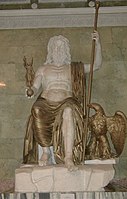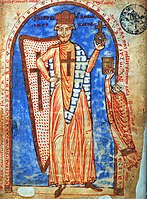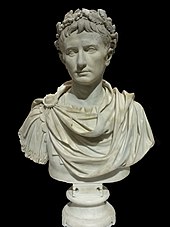《懷舊集》岳父的半身塑像 (失);The Bust Economy Is Booming
https://www.facebook.com/hanching.chung/videos/691327495402686
Throughout the Renaissance and into the 19th century, busts mostly appeared in city centers and in the homes of those who could afford hand-carved marble. Today, mass manufacturing, 3-D printing, cheaper materials and a robust online network of secondhand retailers have democratized the art form. Busts are no longer just hallowed relics, but knickknacks available to anyone with a naked bookshelf.
The Bust Economy Is Booming
Interest in busts has grown as the art form, once accessible to a wealthy few, has become more democratic than ever.
岳父劉新禧先生 (建築師;網路找不到照片)曾經做半身塑像,很不錯的銅塑,能表現他的神情。
他們大客廳做基督徒聚會的場所。有些教徒提出聖經說,不要崇拜偶像
這樣,好好的塑像拿回去銷毀。
我當忙著上班。很久以後才覺得失之可惜。
這世界,愚蠢的事,可能不少

他們最珍貴的半身像,“聖。 阿德萊德的弗朗西斯,”由 Kehinde Wiley 創作的一件小大理石作品,描繪了一個身穿背心的黑人男子以聖潔的姿勢拿著象徵王權的 globus cruciger。 它放在阿拉姆先生的桌子上。 “我們的兒子是非裔美國人,”蘭德先生說。 “對我們來說,在家中擁有反映我們整個家庭的藝術非常重要。”
十字聖球(拉丁語:globus cruciger,英語:orb and cross)又名 王權寶球,是一個頂上安有十字架的圓球,自從中世紀以來是基督教權威標誌,用於硬幣、圖像,和權杖同為君主的標誌。
十字架代表基督對世界的主宰。在西方藝術中,基督本人手持十字聖球時,稱為救世主(拉丁語:Salvator Mundi)。16世紀的布拉格聖嬰像也是手捧十字聖球。
https://en.wikipedia.org/wiki/Bust_(sculpture)
A bust is a sculpted or cast representation of the upper part of the human figure, depicting a person's head and neck, and a variable portion of the chest and shoulders. The piece is normally supported by a plinth. The bust is generally a portrait intended to record the appearance of an individual, but may sometimes represent a type. They may be of any medium used for sculpture, such as marble, bronze, terracotta, plaster, wax or wood.
《懷舊集》










沒有留言:
張貼留言